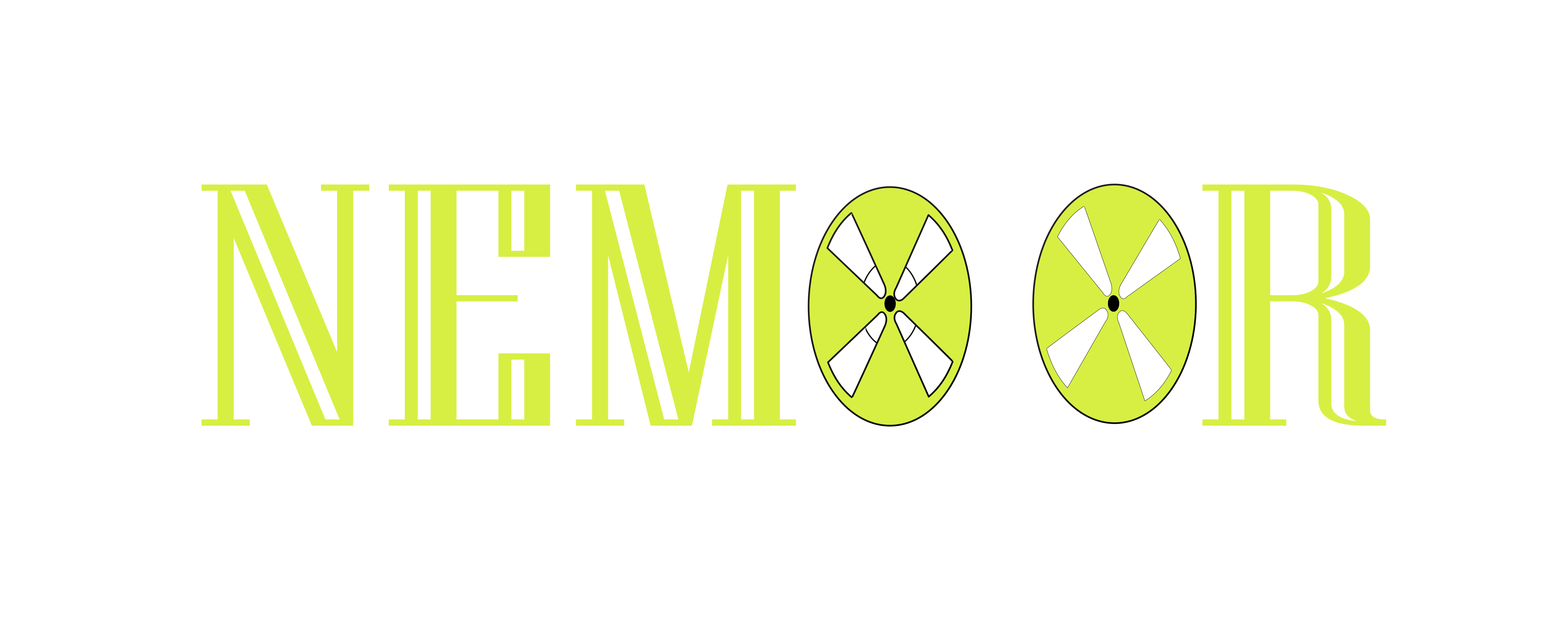Books That Explore Mental Health in Cinema: A Complete Guide
Mental health representation in cinema has evolved dramatically over the decades, from harmful stereotypes to nuanced portrayals that foster understanding and empathy. For both film enthusiasts and mental health professionals, books that analyze these representations offer invaluable insights into how media shapes our perception of psychological conditions.
Thank you for reading this post, don't forget to subscribe!Why Read Books About Mental Health in Cinema?
Understanding mental health portrayals in film goes beyond casual viewing it requires critical analysis and psychological context. Books on this subject help:
- Identify harmful stereotypes and stigmatizing portrayals that persist in media
- Recognize accurate and empathetic representations of various conditions
- Appreciate the artistic and narrative techniques used to convey psychological experiences
- Connect psychological theory with visual storytelling
- Develop media literacy skills for both personal enrichment and professional development
Recommended Books on Mental Health in Cinema
📖 Title: Madness at the Movies: Understanding Mental Illness through Film
👤 Author: James Charney 🔗 Buy Link: Purchase on Amazon
📘 Overview: Based on Dr. Charney’s popular course taught at Yale University and the American University of Rome, this book examines how classic and contemporary films portray various mental health conditions. Through analysis of films like Psycho, Taxi Driver, and As Good As It Gets, Charney explores how cinema conveys the essence of disorders including psychosis, depression, OCD, and anxiety, while considering how each film reflects the cultural understanding of mental illness at its time of release. 🎯 Ideal For: Film studies students, psychiatrists, psychologists, mental health educators, cinema enthusiasts interested in psychological themes. ⭐ Notable Features: Analysis of specific film scenes that illustrate mental health conditions, historical context for evolving portrayals, guidance on observing behavioral indicators of mental illness in film, evaluation of accuracy in media depictions
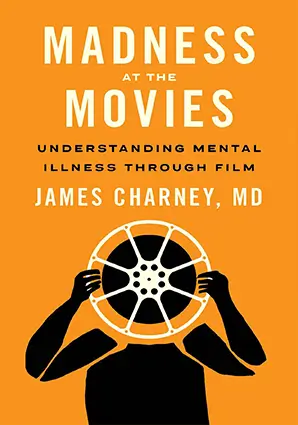
📖 Title: Psychiatry and the Cinema
👤 Author: Glen O. Gabbard and Krin Gabbard 🔗 Buy Link: Purchase on Amazon
📘 Overview: This comprehensive examination explores the relationship between psychiatry and film from both clinical and cultural perspectives. The Gabbard brothers analyze how cinema has shaped public perception of mental illness and psychiatric practice while offering insights into how films reflect evolving attitudes toward mental health. 🎯 Ideal For: Psychiatrists, film studies scholars, cultural historians. ⭐ Notable Features: Analysis of psychiatric archetypes in film, historical evolution of portrayals, case studies of influential movies.
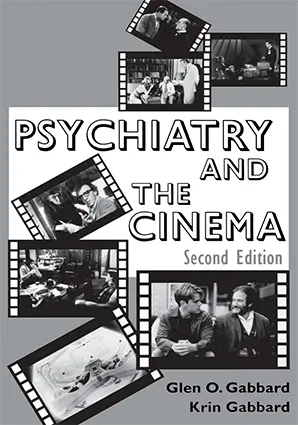
📖 Title: Psychoanalysis and Cinema
👤 Author: E. Ann Kaplan 🔗 Buy Link: Purchase on Amazon
📘 Overview: This scholarly work explores the intersection of psychoanalytic theory and film studies, examining how cinema both employs and illustrates key psychoanalytic concepts. Kaplan analyzes how films represent unconscious processes, psychological development, and emotional conflicts while considering how the viewing experience itself parallels psychoanalytic processes. 🎯 Ideal For: Psychoanalysts, film theorists, cultural studies scholars, graduate students. ⭐ Notable Features: Theoretical frameworks from Freud and Lacan, feminist psychoanalytic perspectives, analysis of directorial techniques, exploration of spectator psychology.
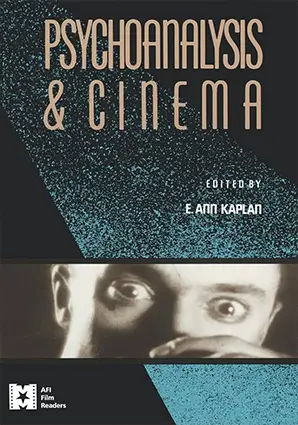
📖 Title: The Cinema of Isolation: A History of Physical Disability in the Movies
👤 Author: Martin F. Norden 🔗 Buy Link: Purchase on Amazon
📘 Overview: While focusing on physical disabilities, Norden’s landmark work provides a valuable framework for understanding how cinema represents difference and otherness, including mental health conditions. The historical analysis reveals patterns in how filmmakers have framed disability narratives over time. 🎯 Ideal For: Disability studies researchers, film historians, representation advocates. ⭐ Notable Features: Chronological analysis, stereotype categorization, discussion of social impact.
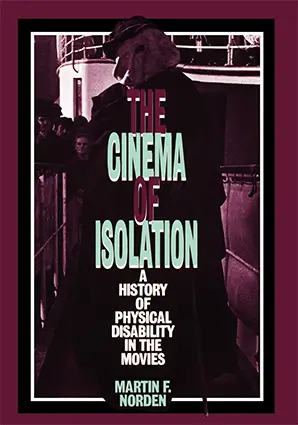
📖 Title: Movies and Mental Illness: Using Films to Understand Psychopathology
👤 Author: Danny Wedding and Ryan M. Niemiec 🔗 Buy Link: Purchase on Amazon
📘 Overview: This practical resource categorizes and analyzes films according to the psychological conditions they depict. Wedding and Niemiec evaluate the clinical accuracy of various portrayals while suggesting how these films can be used educationally to understand different mental health experiences. 🎯 Ideal For: Psychology educators, mental health students, clinical practitioners. ⭐ Notable Features: DSM-aligned categories, teaching resources, accuracy ratings.
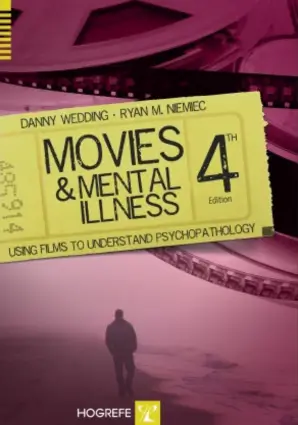
📖 Title: Cinema, MD: A History of Medicine on Screen
👤 Author: Eelco F.M. Wijdicks 🔗 Buy Link: Purchase on Amazon
📘 Overview: Wijdicks examines medical representations in cinema with significant attention to neurological and psychiatric conditions. The book offers a physician’s perspective on how accurately films depict various conditions and treatments, including mental health disorders. 🎯 Ideal For: Medical professionals, health communication researchers, bioethicists. ⭐ Notable Features: Clinical accuracy assessment, historical context for medical portrayals, ethical considerations.

📖 Title: E-Motion Picture Magic: A Movie Lover’s Guide to Healing and Transformation
👤 Author: Birgit Wolz 🔗 Buy Link: Purchase on Amazon
📘 Overview: Wolz pioneered the concept of Cinema Therapy, presenting a systematic approach to using films as tools for psychological growth and healing. The book offers a methodology for engaging with movies mindfully to process emotions, develop insights about personal challenges, and catalyze positive change through guided viewing experiences. 🎯 Ideal For:Therapists, counselors, self-help readers, film enthusiasts, support group facilitators. ⭐ Notable Features: Therapeutic viewing protocols, film selection guides by psychological issue, post-viewing reflection exercises, case studies of cinema therapy in practice.
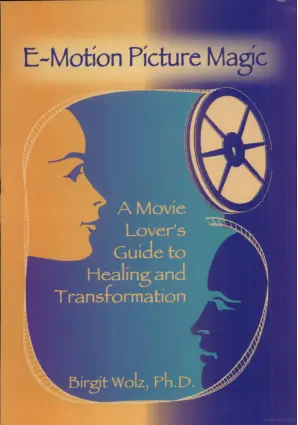
📖 Title: The Precipice of Mental Health: Becoming Your Own Safe Space
👤 Author: Eelco F.M. Wijdicks 🔗 Buy Link: Purchase on Amazon
📘 Overview: In this powerful memoir and mental health resource, Achea Redd shares her personal journey through depression, anxiety, and atypical anorexia. Despite her seemingly charmed life as the daughter of a pastor and wife of NBA legend Michael Redd, she battled debilitating mental illness. The book offers valuable insights from her experiences, including the impact of COVID-19 on her mental health struggles, and emphasizes that mental illness is something people have, not who they are. 🎯 Ideal For: People struggling with mental health issues, those supporting loved ones with mental illness, mental health advocates, readers interested in personal memoirs about psychological resilience. ⭐ Notable Features: Raw personal accounts of eating disorders and panic attacks, practical advice for seeking help, encouraging message that recovery is possible, perspective on mental health during the pandemic, emphasis on not being defined by mental illness.
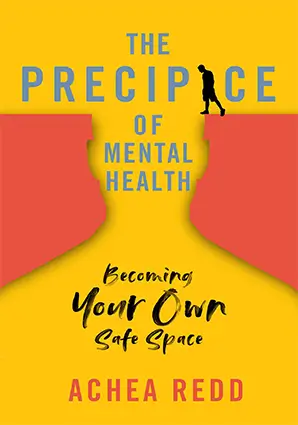
How to Choose the Right Book
Selecting the ideal resource depends on your specific interests and background:
For academic purposes:
- Psychology students might prefer Wedding and Niemiec’s categorized approach in Movies and Mental Illness
- Film studies majors could benefit most from the Gabbards’ cultural analysis in Psychiatry and the Cinema
- Disability studies researchers would find value in Norden’s historical framework
For professional development:
- Therapists should consider Movies and Mental Illness for its practical applications
- Film critics will gain insights from Wahl’s critical approach to stereotyping
- Medical professionals might prioritize Wijdicks’ clinical perspective
For personal interest:
- Film enthusiasts might start with Psychiatry and the Cinema for its accessible cultural approach
- Those interested in trauma might find Izod’s psychoanalytic analysis most valuable
- History buffs would appreciate Norden’s or Wahl’s comprehensive historical overviews
How These Books Change the Way We Watch Films
After engaging with these resources, you’ll likely experience films differently:
“A Beautiful Mind” (2001) transforms from an inspiring biopic into a case study in how filmmakers selectively represent schizophrenia, revealing both the artistic choices that effectively convey internal experiences and the historical inaccuracies that these books help identify.
“Girl, Interrupted” (1999) becomes more than a dramatic narrative when viewed through the lens of psychiatric history, revealing insights about institutional treatment approaches and diagnosis evolution covered in the Gabbards’ work.
“Silver Linings Playbook” (2012) can be analyzed for both its strengths in normalizing mental health treatment and its limitations in representing bipolar disorder, perspectives deepened by Wedding and Niemiec’s clinical evaluations.
Additional Resources
To further explore this fascinating intersection of mental health and cinema:
- National Alliance on Mental Illness (NAMI) Media Watch
- Psychology Today’s Film Analysis Blog
- MindFrame: Media Guidelines for Mental Illness Portrayal
Related articles on our site:
- “10 Films That Revolutionized Mental Health Representation”
- “How to Host a Therapeutic Film Discussion Group”
- “Interviewing the Consultants: Mental Health Professionals in Hollywood”
Conclusion
The books recommended in this guide offer diverse perspectives on the complex relationship between mental health and cinema. By studying these works, you’ll develop a more critical eye for media representations, appreciate innovative storytelling techniques, and gain deeper empathy for the psychological experiences depicted on screen.
Whether you’re looking to enhance your professional practice, academic understanding, or personal film appreciation, these resources provide valuable frameworks for analyzing how mental health is portrayed in one of our most influential art forms.
Which of these books are you most interested in exploring? Have you read any that changed how you watch films? Let us know in the comments below!
